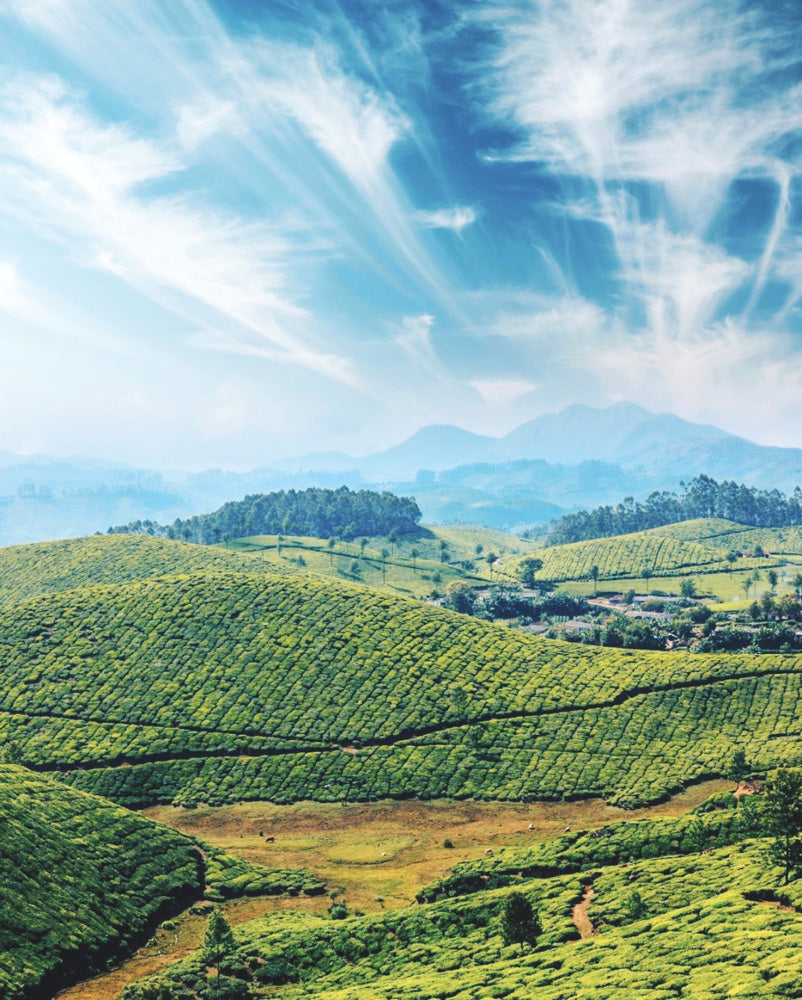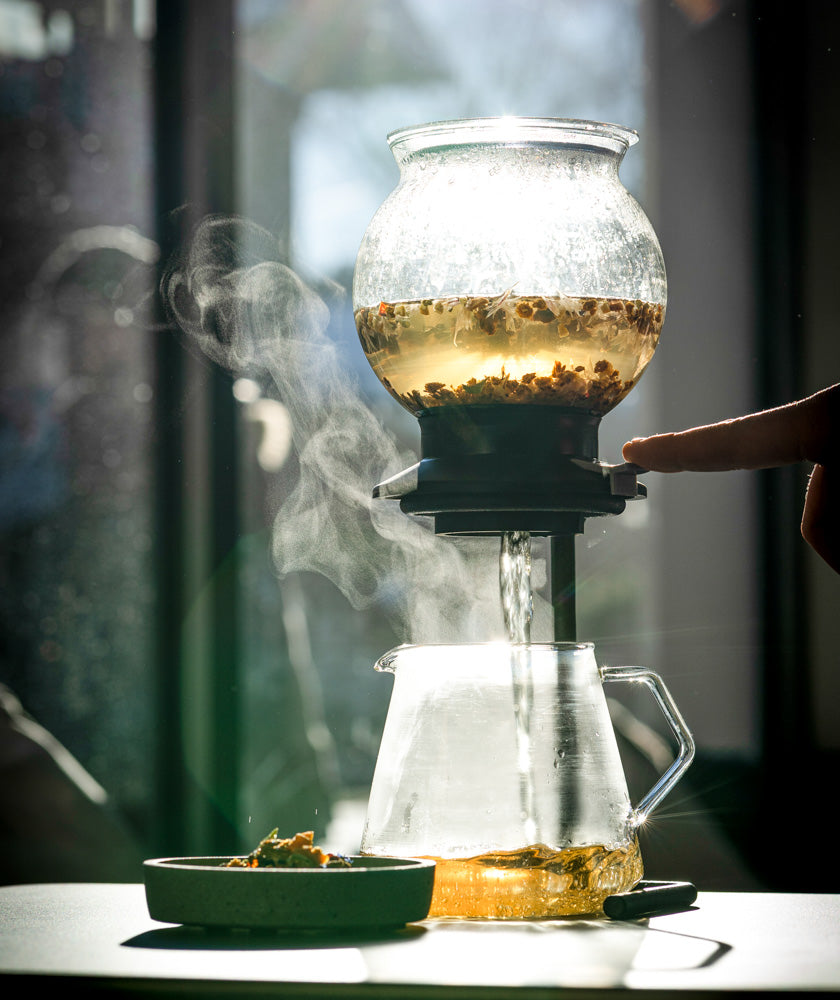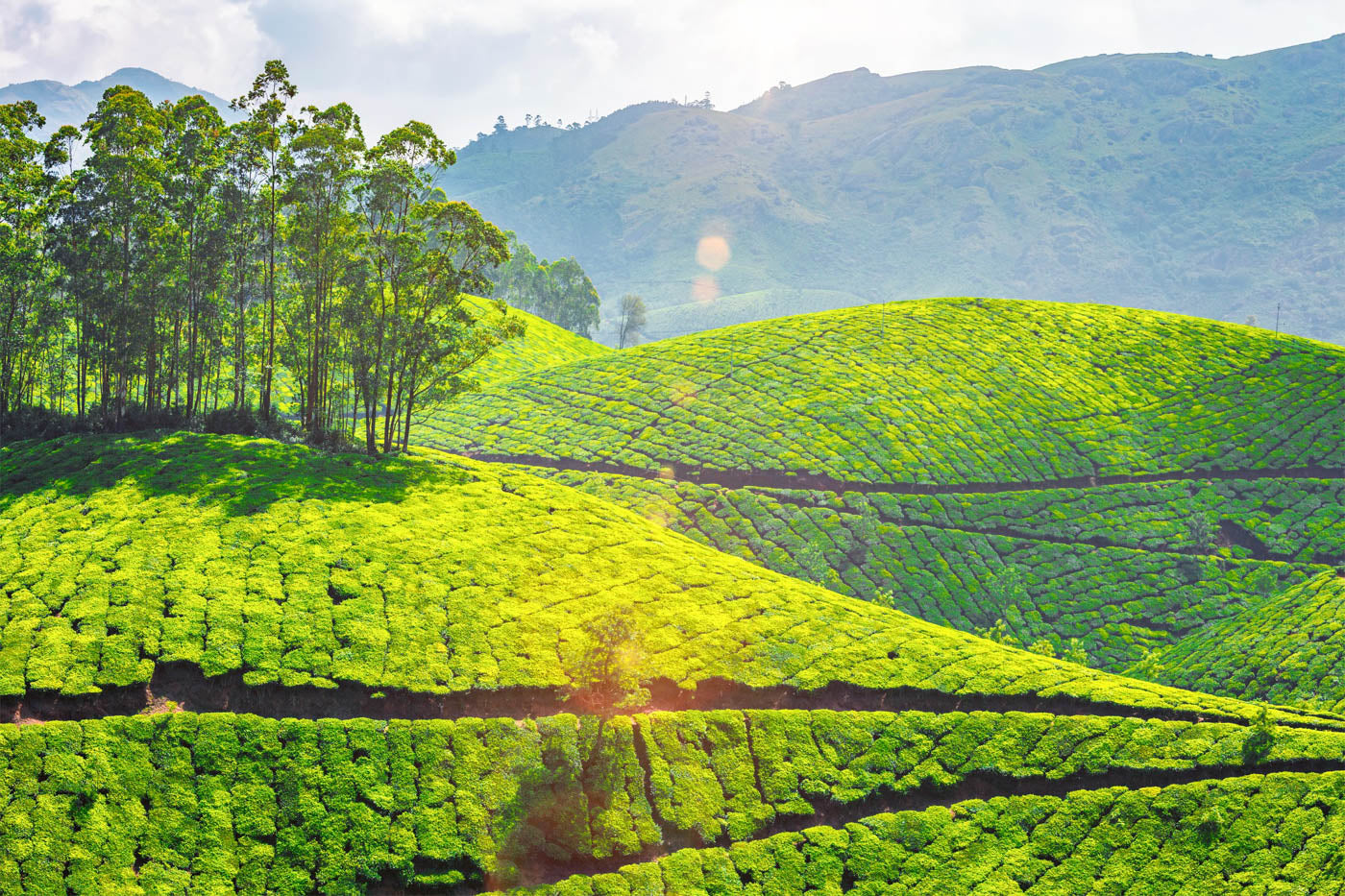Story
Nepali tea production began in 1863, making it less ancient than the Chinese tea industry, which dates back 5,000 years. It was first grown in the hilly region of Ilam district, although political unrest hampered many of the early attempts to develop the industry.
The practice of mass cultivation of tea in Nepal was only developed in the 1950s. Nepalese people traditionally drink a cup of Nepal tea, including Golden Nepal Black Tea, at least twice a day. When the snow began to fall in the Himalayas, the morning began with a hot brew. Typically, Nepalese add milk and sugar, some even add ghee, a type of butter, to the drink. However you consume it, you have made a good choice with this delicious beverage.
region
Golden Nepal Black Tea is grown in gardens at altitudes between 1,000 and 2,000 meters above sea level.
Golden Nepal Black Tea is made from natural Chinese tea plants and has many other remarkable properties. Its caffeine content is relatively high at 45 mg per 240 milliliter cup.
The tea is grown in the far eastern regions of Nepal, bordering India and lying in the shadow of Mount Everest. The eastern Nepali tea industry has existed for many years, but limited market access has prevented it from developing its own identity. The almost identical soils in Nepal and Darjeeling have led to Nepali tea often being sold as an imitation of Darjeeling.
In Nepal, a truly independent tea industry has developed thanks to the efforts of small farmers whose families moved around the region before India and Nepal were separate countries. Some of the Camellia sinensis samples and secrets from Darjeeling have travelled with generations of community members between eastern Nepal and northeast India. Developing countries in South Asia are combining expertise with ingenuity to create a new model of tea.
When should you drink Nepal Golden Tea?
Served with or without milk and sugar, it makes an excellent breakfast tea. It is rich, creamy and smooth, with undertones of dark honey and milk chocolate that also make for a leisurely afternoon tea.
Lovers of English Breakfast, Earl Grey or Yunnan Gold will likely enjoy this tea.

















